I know what you feel... just seeing the world "complexity" associated to "theory" in the title gives you a headache.
But if you're here, it means you REFUSE to fall on the easy (and dangerous) game of simplifying our reality.
You're here because you're aware that our world is complex, interconnected, and refuse to "chose a side".
In the next days, you're going to receive 4 letters, all digging in an aspect of the theory.
As an introduction... to understand the complexity theory, the best advice I could give you is: spend a lot of time in nature.

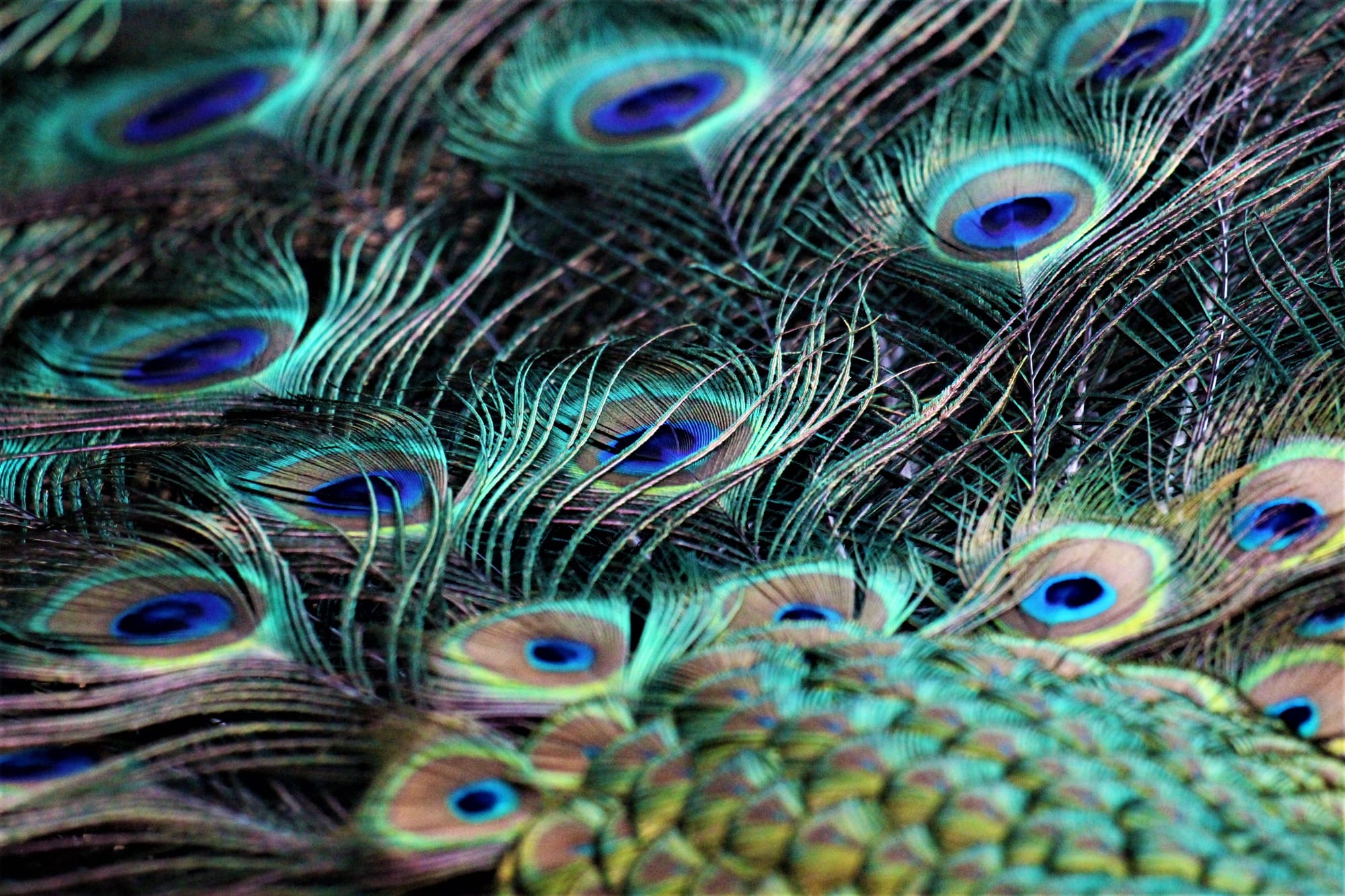
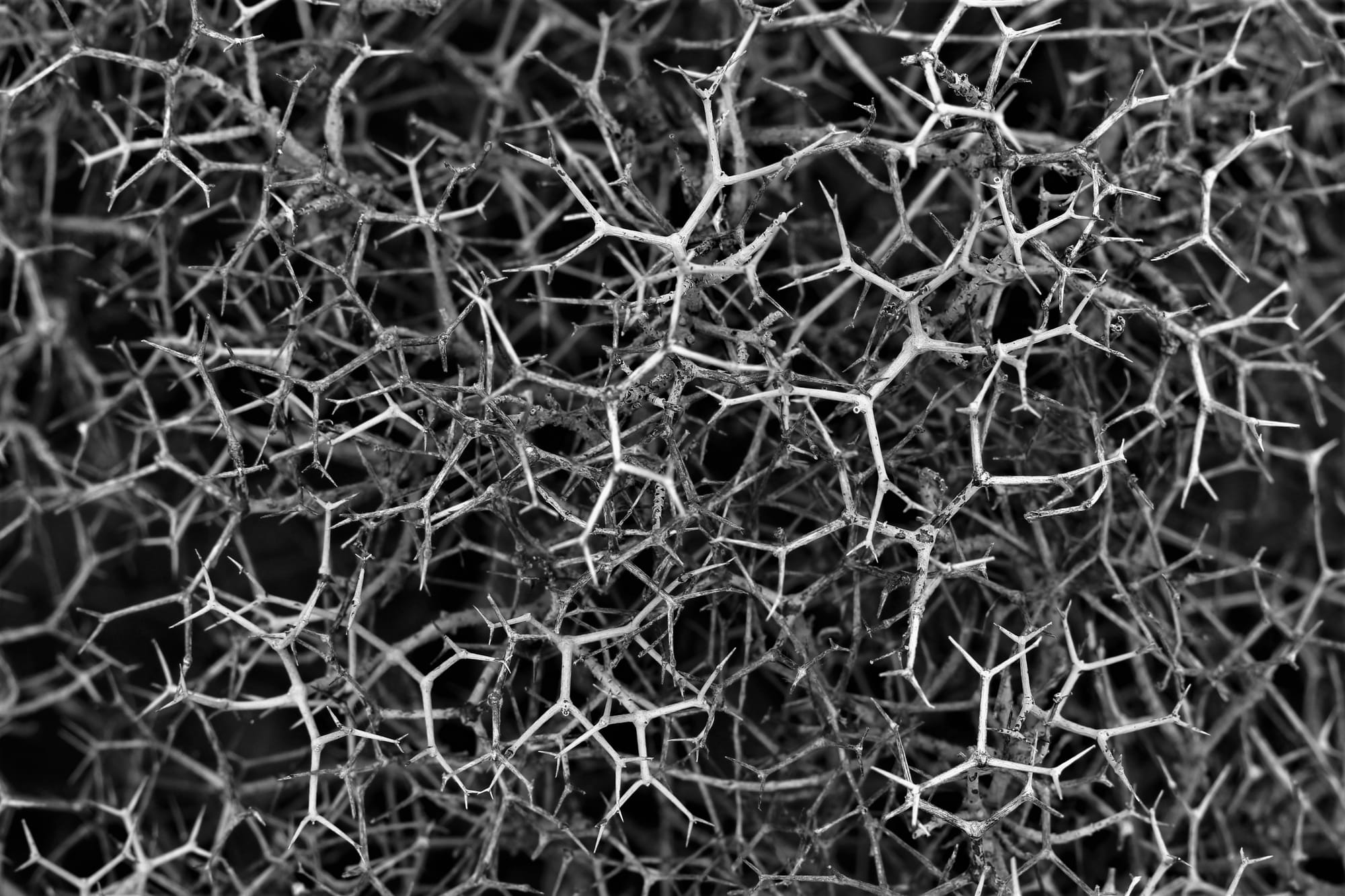

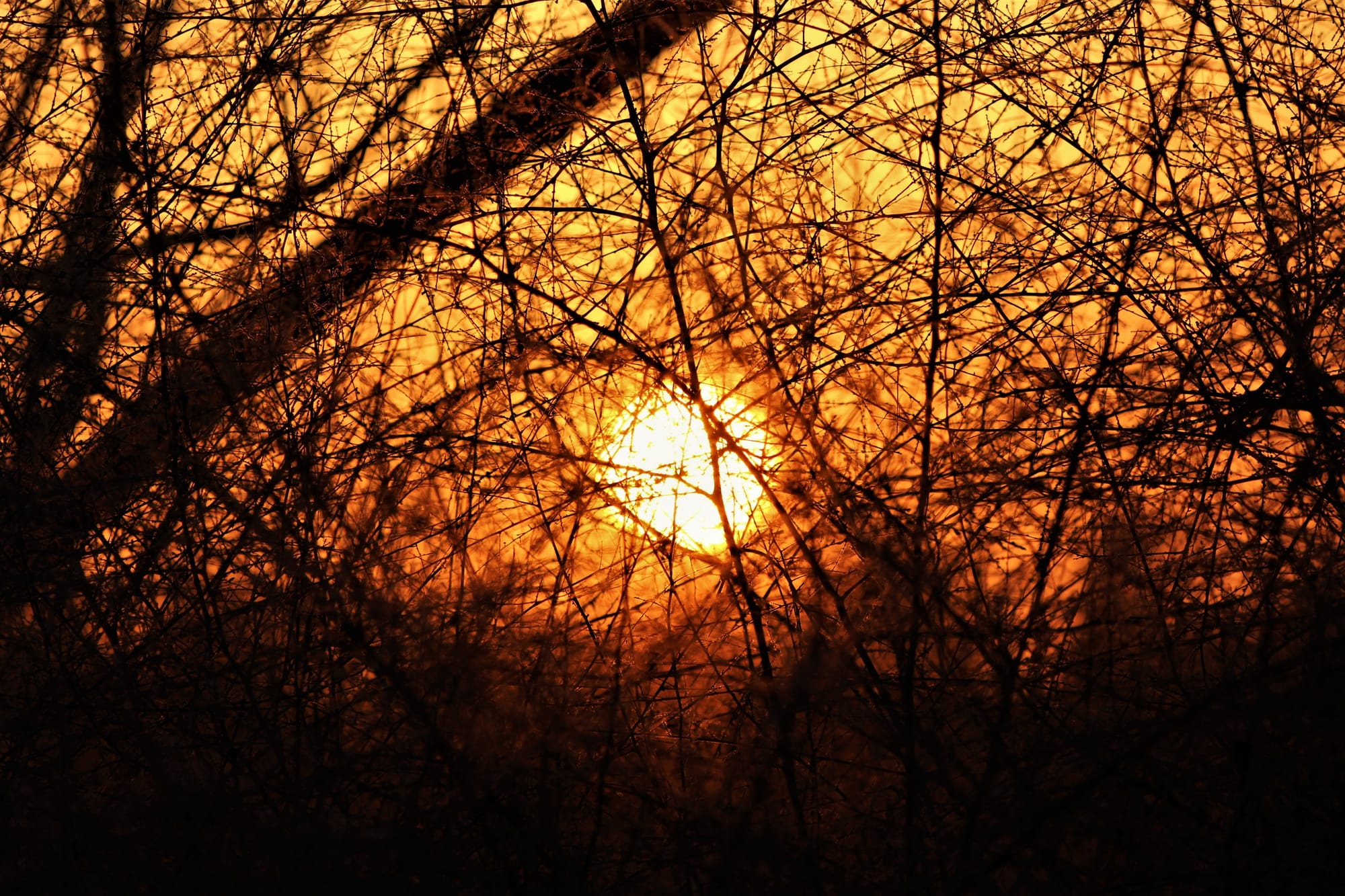
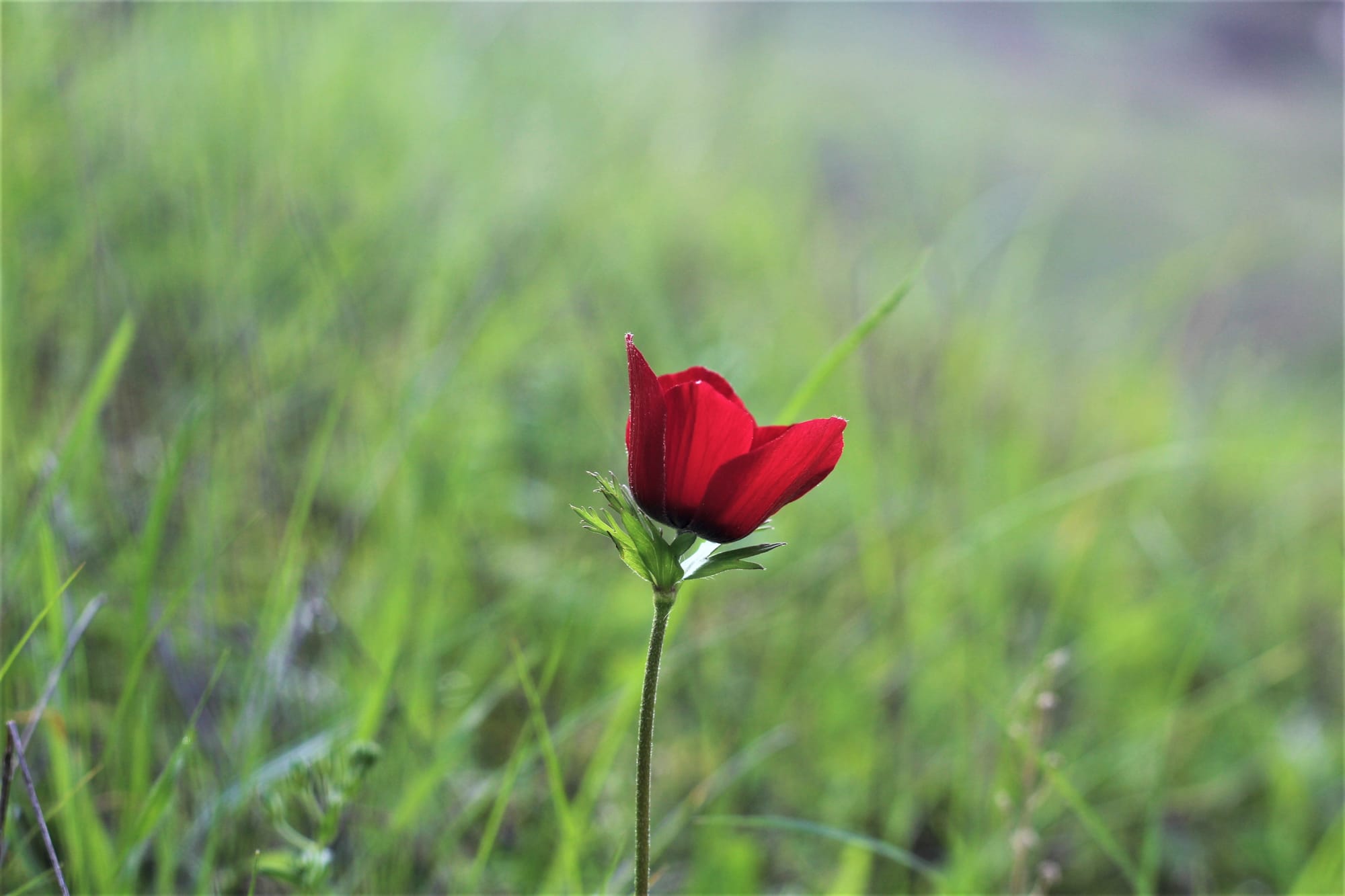
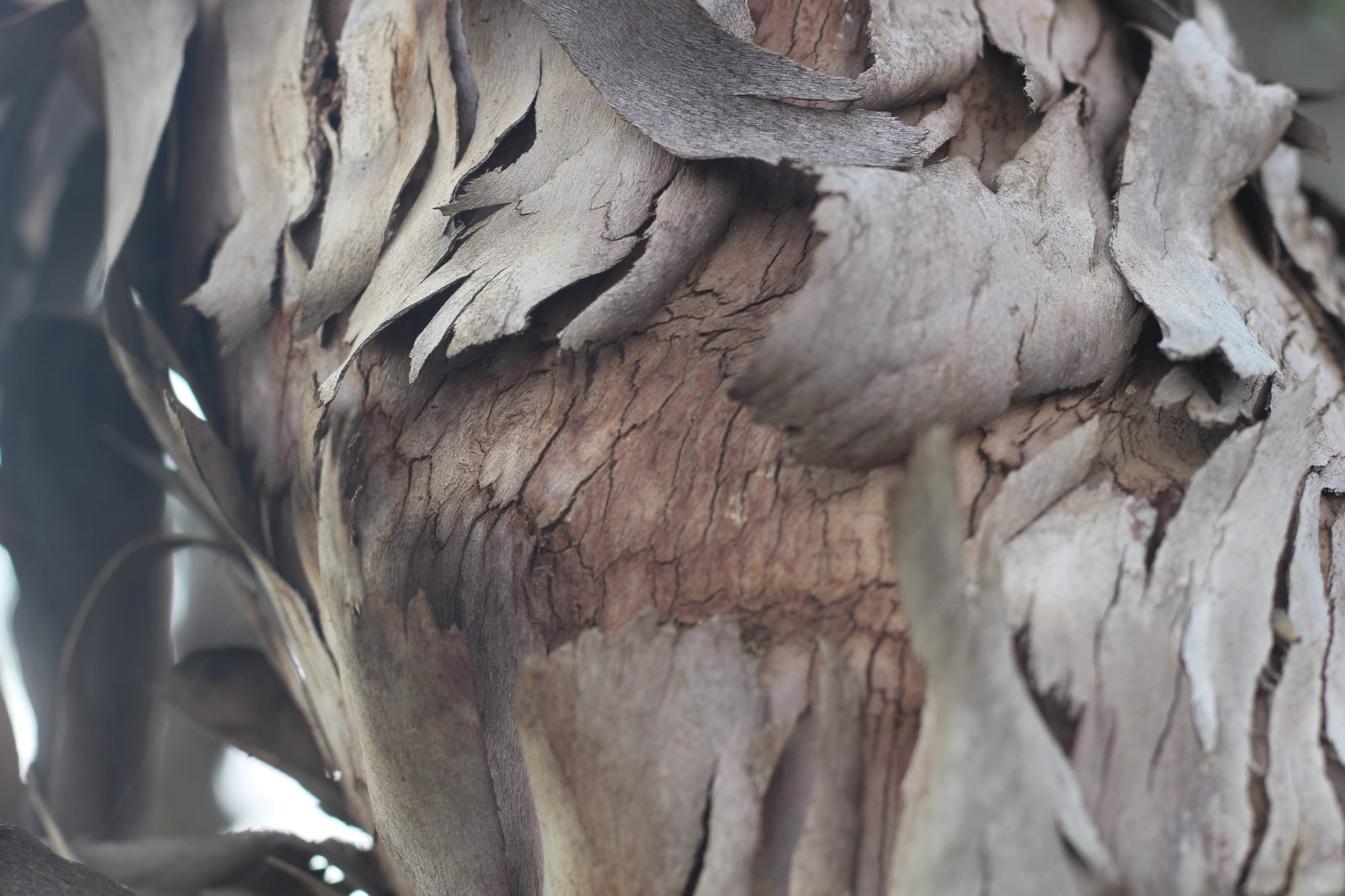
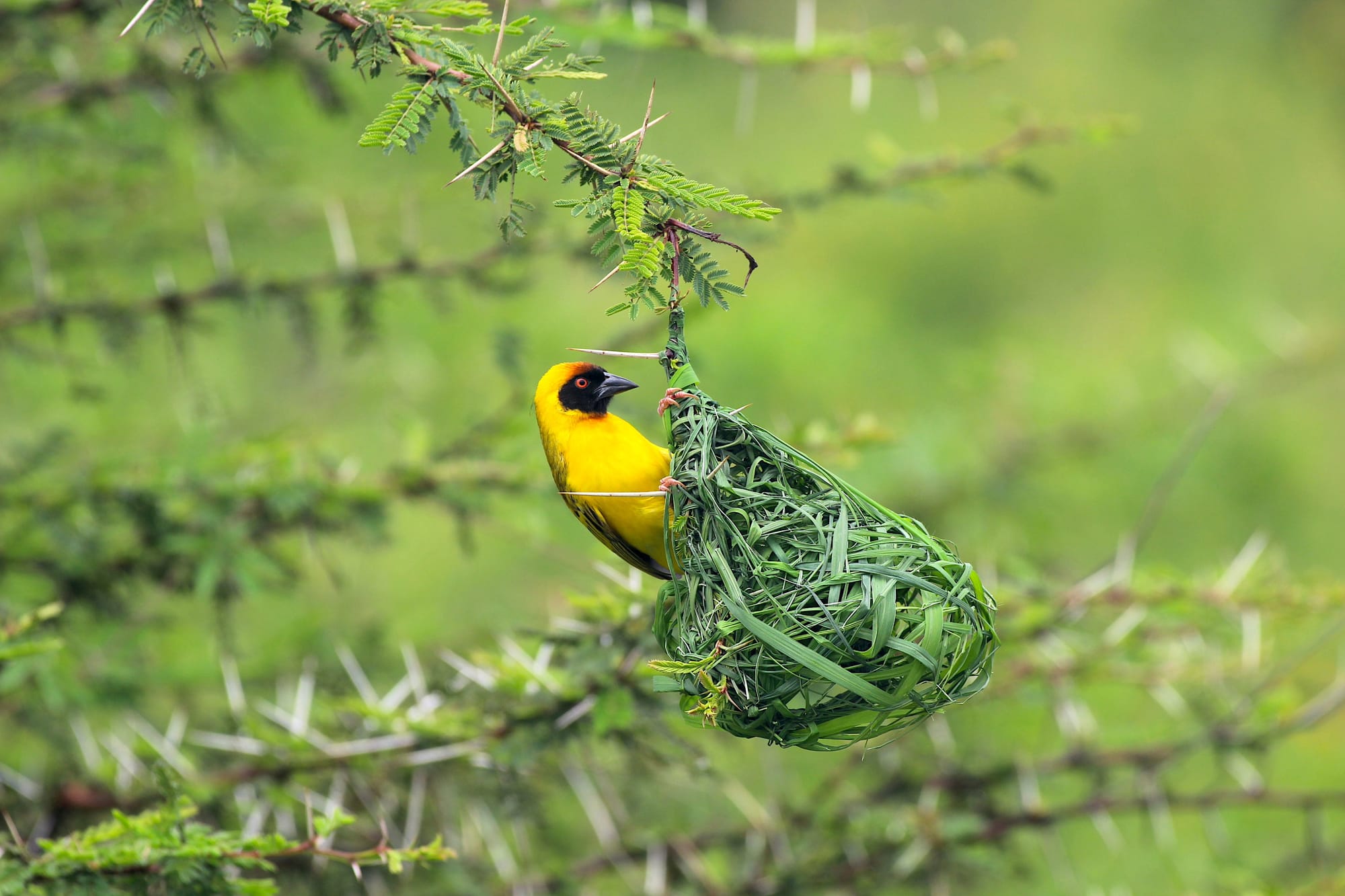
Spend time in the forest, watch a thunderstorm unfold. Observe how waves crash in the sea. Listen to the birds.
Sounds cheesy? Sorry (not sorry). This is how it started for me.
Not with books or complicated theories.
Just a young girl being quickly overwhelmed by the beauty of the world.
As a child, I kept asking:
- How is it that nature can be so perfect?
- Why is everything so intricate?
- Why does chaos feel… alive?
What struck me was the aesthetic intelligence of it all.
That’s I think the moment I started to fall in love with complexity.
When most people hear "complexity," they think "complicated."
But complexity is NOT confusion.
It's structure without a center.
It's order without control.
It’s intelligence emerging from interaction.
Complex systems adapt, evolve, and self-organize.
In this series, I’ll walk you through four foundational concepts you need to navigate complexity strategically (in a pedagogic and simple way😅).
Let's start.


